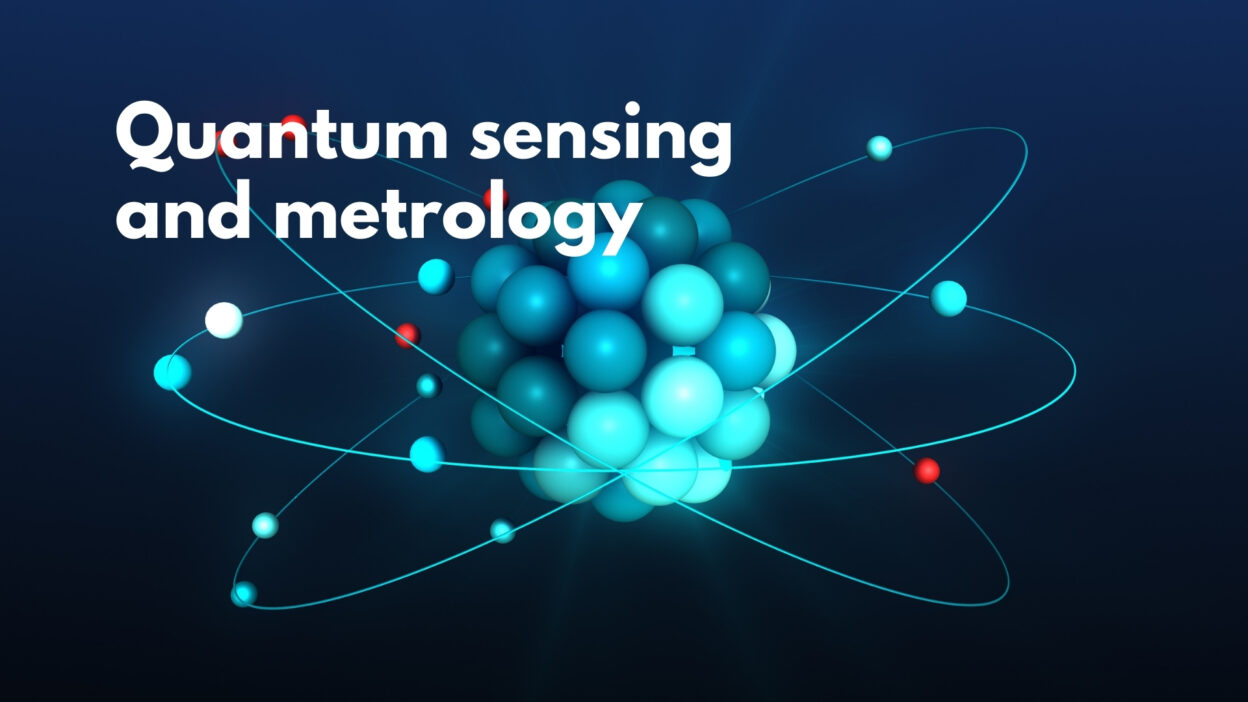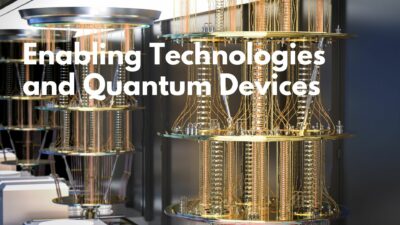NIST researchers have developed a new type of optomechanical accelerometer that uses light to measure acceleration with extremely high precision. This device is less than 1 millimeter thick and relies on a silicon-based design with two highly reflective mirrors facing each other in what’s called a Fabry-Perot cavity. When infrared laser light is sent into the cavity, it resonates between the mirrors depending on their distance apart. As the device experiences acceleration, the distance between the moving proof mass (a small piece of silicon) and a fixed mirror changes, which shifts the resonant wavelength of light. This shift is measured to determine acceleration with very low uncertainty — better than 1 part in 1000.
The design uses standard microelectronics manufacturing techniques, making it potentially low-cost and easy to scale for mass production. The use of optical measurement provides higher sensitivity and accuracy compared to traditional accelerometers that rely on electrical signals. However, challenges remain, such as developing a fast-tuning laser and durable optical connections for high-frequency vibrations. If successful, this technology could lead to much more accurate accelerometers for applications like autonomous vehicles, space navigation, and seismic monitoring. It may also improve other types of sensors like microphones and pressure gauges in the future.
Source: https://www.nist.gov/news-events/news/2017/03/measuring-acceleration-light
Keywords: optomechanical accelerometer, Fabry-Perot cavity, silicon-based


